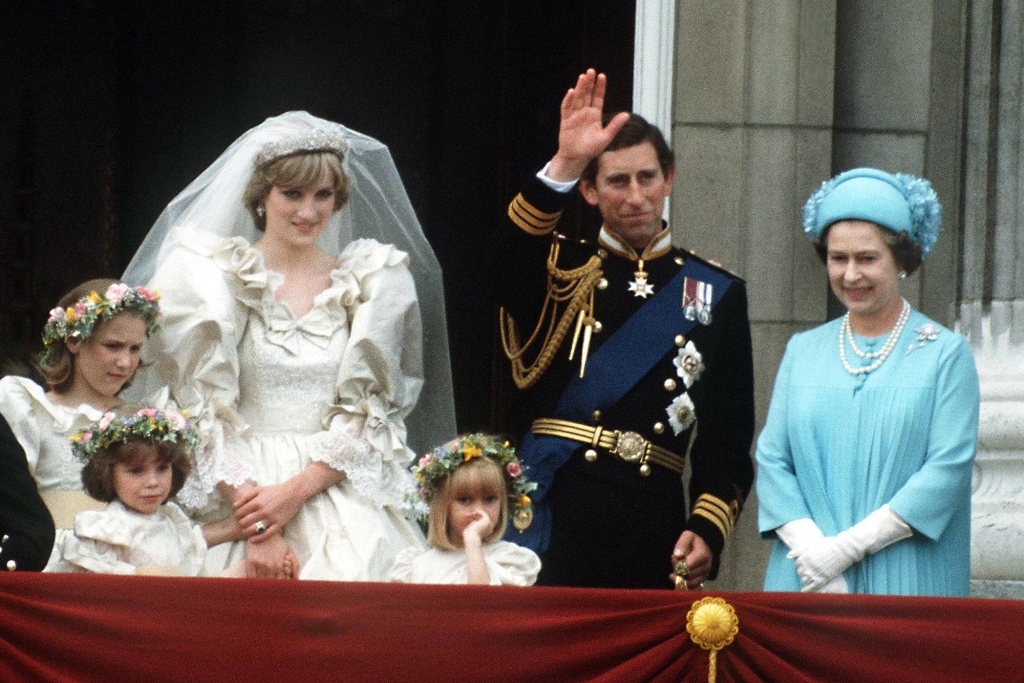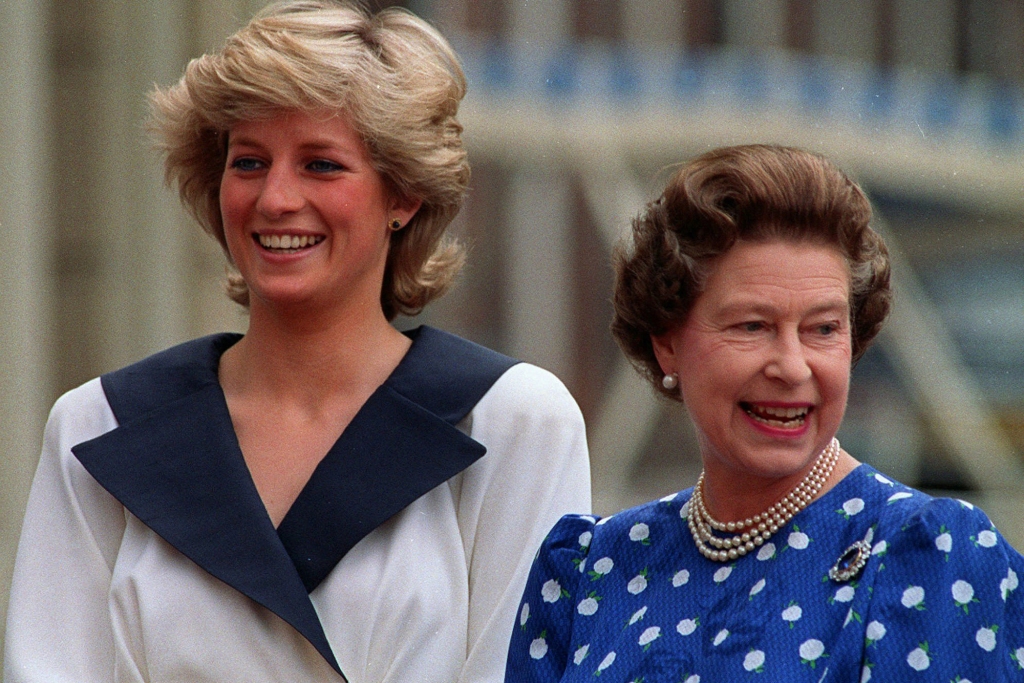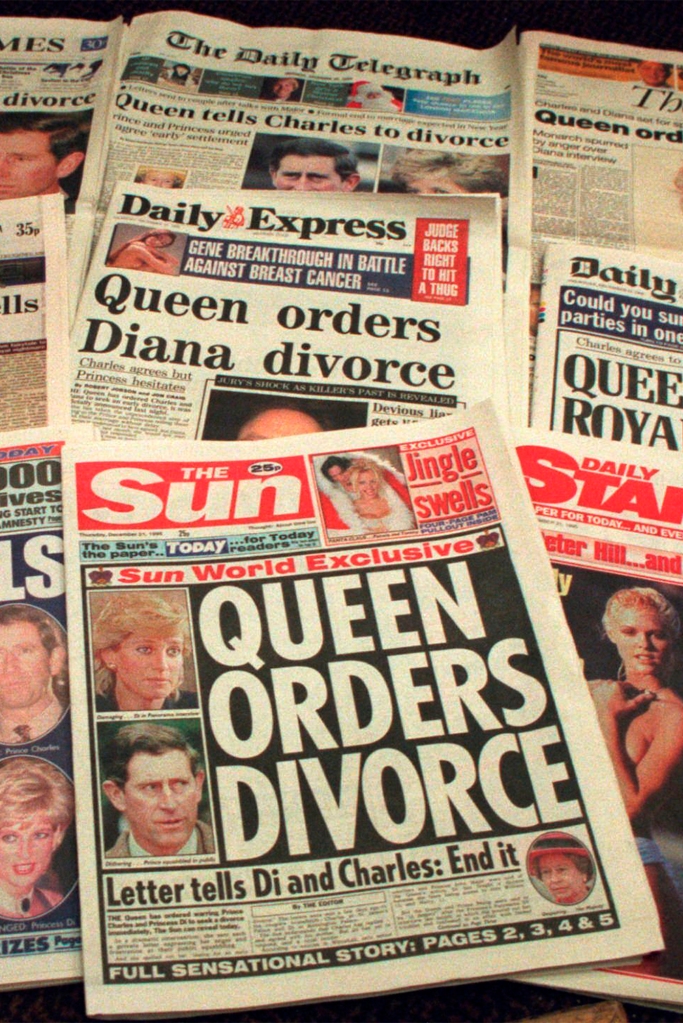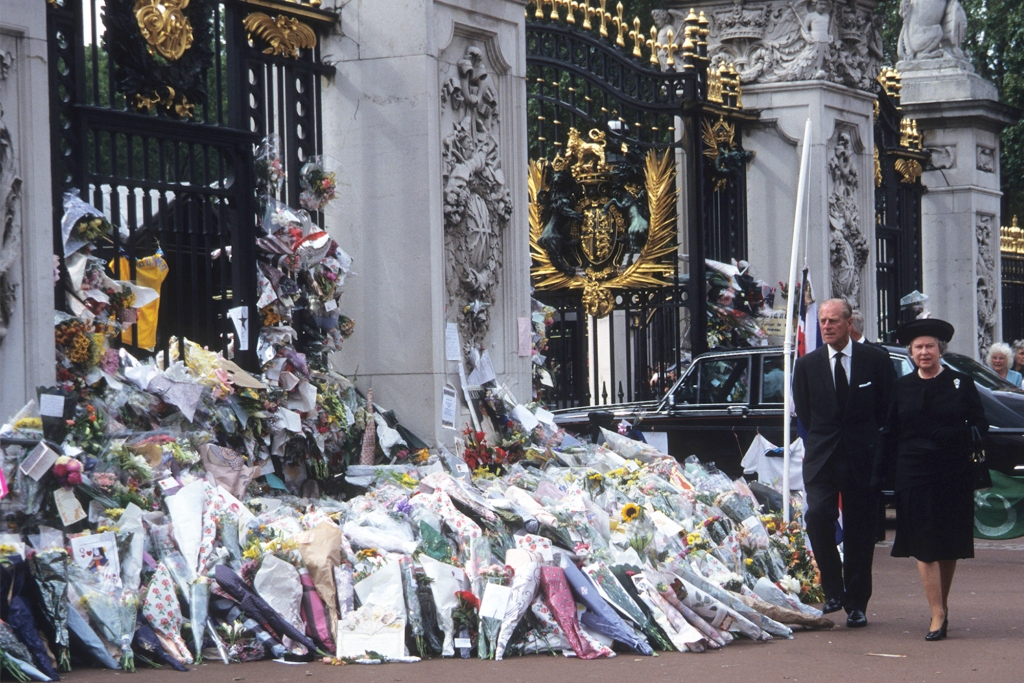Inside Queen Elizabeth and Princess Diana’s complicated relationship
Most of us think we know about Princess Diana’s relationship with Queen Elizabeth — who passed away Thursday at age 96 — from what we see in “The Crown”: Diana the lonely outcast, out of her depth and drowning in royal pomp; watching helplessly as her heartless husband continues his extramarital affair and the cold and remote monarch looks the other way.
But, like with most things, the real story is more complicated.
For a start, Diana was by no means an outsider. Queen Elizabeth was godmother to Diana’s younger brother, Charles Spencer, and Diana’s father— Viscount Althorp — had been the queen’s Equerry (personal attendant).
The princess knew how to handle royals, although Andrew Morton, author of 1992 tell-all book “Diana: Her True Story,” admits that she was terrified of her mother-in-law in the early days.

“She kept the formal obsequies — dropping a deep curtsy each time they met — but otherwise kept her distance,” he wrote.
Morton’s book, now widely known as Diana’s “revenge memoir,” revealed sensational details from inside the troubled marriage and showed how Diana and Charles were a mismatch from the start.
Diana found little in common with her fiancé 12 years her senior. Suspecting that Charles had never actually ended his affair with Camila, the princess succumbed to depression and bulimia. No one came to her aid, as royal biographer Ingrid Seward noted in her book “The Queen and Di.”

“Nearly everyone, from the queen to the staff who looked after Diana, attributed her behavior to a bad case of ‘nerves,” Seward wrote.
After the wedding, Seward reported, the queen was more “understanding of Diana’s difficulties” and they developed a strong bond. Diana even once told Seward that “I have the best mother-in-law in the world.”
But as Diana and Charles’ relationship grew rocky, so did her relationship with the queen. Seward wrote how the monarch began to dread the emotional princess’ unscheduled visits: “A footman said, ‘The princess cried three times in a half an hour while she was waiting to see you.’ The queen replied, ‘I had her for an hour — and she cried nonstop.’”
Queen Elizabeth apparently wanted to help her daughter-in-law, but didn’t know how. “For Princess Diana, there was a hope that somehow the queen would intervene to make things OK in their marriage again,” Diana’s private secretary Patrick Jephson said in the Channel 5 documentary “Two Golden Queens.”
“But there was a communication problem between two very different generations. Between two strong women,” Jephson wrote. “There was a certain school of traditional royal thought that Diana should stop being silly.”

In the 2022 book, “The Palace Papers,” journalist Tina Brown wrote of the Queen’s “ostrich tendencies”: her family’s name for her tendency to avoid confrontation and bury herself in official paperwork rather than face difficult subjects.
In videotapes belonging to Diana’s voice coach Peter Settelen and aired in the 2017 documentary “Diana In Her Own Words,” the princess is heard saying how she went “sobbing” to ask the queen for help with the marriage.
“So I went to the top lady and said, ‘I don’t know what I should do,’” Diana said. “She said, ‘I don’t know what you should do.’ And that was it. That was ‘help.’”

Diana’s shock death, in a 1997 car accident, rocked the royal family to the core. Brown described how the loss of an adored national icon — and the mother of two of her grandsons, including the future king — was a “traumatic commingling of the public and the private” for the queen.
Get the latest on Queen Elizabeth II’s passing with The Post’s live coverage
Her role as a symbolic and silent figurehead was turned on its head. While her initial response was to lock herself away in Balmoral and console her grandchildren, the people demanded otherwise. Tabloid headlines screamed ‘Show Us You Care!’ and called for the queen to return to London and order the Union Jack be lowered over Buckingham Palace.
The royals refused and for five days stuck to protocol, which decreed that Diana was no longer royal and therefore shouldn’t be treated like one. Finally, then-Prime Minister Tony Blair intervened, persuading the queen to return and soothe tensions by making a live broadcast to the nation (it was also Downing Street who urged her to refer to herself as a grandmother).
It is widely acknowledged that this was the one time in the queen’s entire reign where she misread the nation’s mood. In the 2017 anniversary edition of his biography, Morton wrote, “One of the many ironies of [the queen’s] life is that Diana’s impact on the royal family is measured by how much more accommodating the house of Windsor is now to newcomers.”

As Brown sums up in “The Palace Papers,” the queen made it clear it should never happen again “the it being Diana’s explosive celebrity, the problem of the British monarchy being upstaged, outshone, drowned out by one overweening, dangerously popular member of the family other than the queen or the heir to the throne.”
Read the full article Here


